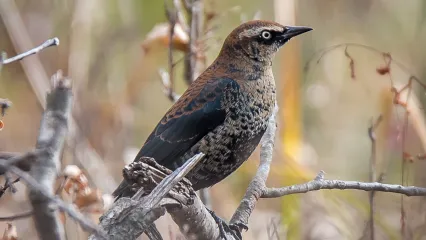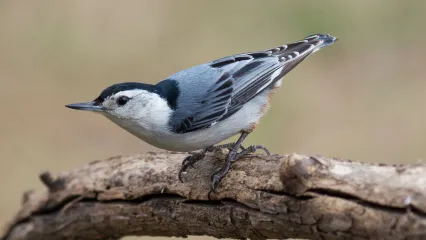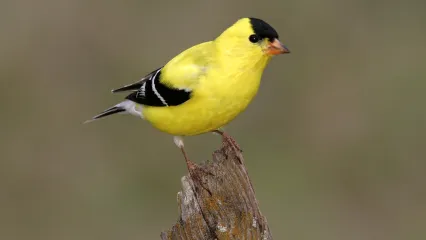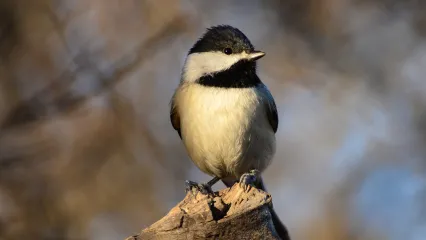
Description
This bird is a little smaller than a robin. In fall and early winter, the male has a rusty head, back, wings and tail and a rust-mottled belly. The over-winter feathers wear away to reveal a flat black body plumage. The female is paler than the male. Rusty blackbirds are sometimes confused with several species but can be distinguished by the following features. The Brewer’s blackbird has no rusty breast, belly or sides. The common grackle has a long, rudder-like tail. The European starling has a speckled appearance.
Size
Approximately 8.3 to 9.8 inches in length. Wingspan of 14.6 inches.
Habitat
Rusty blackbirds are usually found in marshes, swamps, bottomland forests and woodland edges near water. They may also be found in crop fields and feedlots near swamps and lakes. This bird is primarily found in the eastern half of the state.
Life Cycle
At feeders, this bird eats cracked corn, millet, milo and black-oil sunflower seeds. Away from feeders, they walk along shorelines feeding on water insects, snails and grasshoppers. They also eat waste grain and seeds.
How To Observe
In winter, these birds feed in flocks with other blackbirds. They prefer to feed on the ground.


